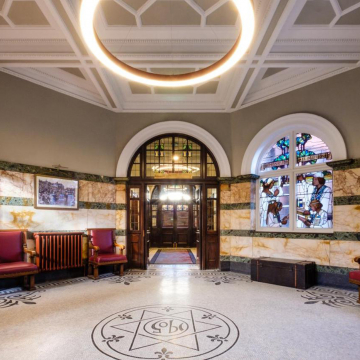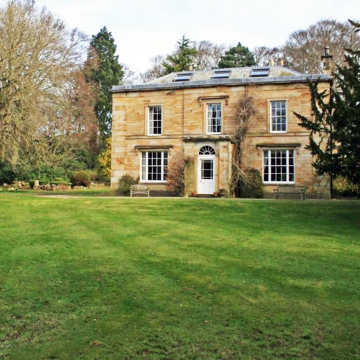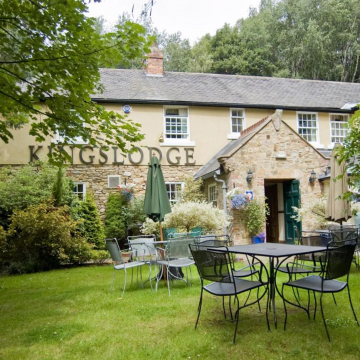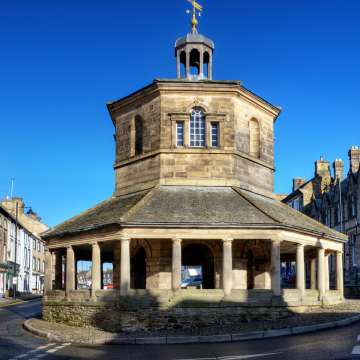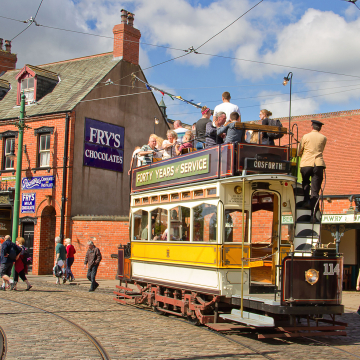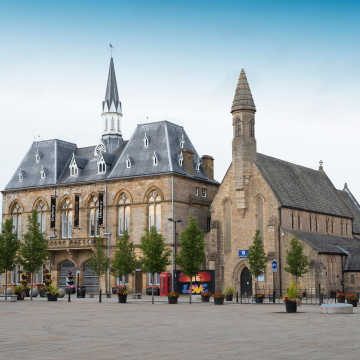Where do you want to go?
-
County Durham
-
County Durham Hotels
- County Durham Luxury Hotels
- County Durham Country House Hotels
- County Durham Mid-Range Hotels
- County Durham Budget Hotels
- County Durham Bed & Breakfasts
- County Durham Pub Accommodation
- County Durham Family Hotels
- County Durham Spa Hotels
- Barnard Castle Hotels
- Beamish Hotels
- Bishop Auckland Hotels
- Chester-le-Street Hotels
- Consett Hotels
- Darlington Hotels
- Durham Hotels
- Ferryhill Hotels
- Newton Aycliffe Hotels
- Seaham Hotels
- Stanley Hotels
- Trimdon Hotels
-
County Durham Bed & Breakfasts
- Barnard Castle Bed & Breakfasts
- Beamish Bed & Breakfasts
- Bishop Auckland Bed & Breakfasts
- Chester-le-Street Bed & Breakfasts
- Consett Bed & Breakfasts
- Darlington Bed & Breakfasts
- Durham Bed & Breakfasts
- Ferryhill Bed & Breakfasts
- Newton Aycliffe Bed & Breakfasts
- Seaham Bed & Breakfasts
- Stanley Bed & Breakfasts
- Trimdon Bed & Breakfasts
-
County Durham Pub Accommodation
- Barnard Castle Pub Accommodation
- Beamish Pub Accommodation
- Bishop Auckland Pub Accommodation
- Chester-le-Street Pub Accommodation
- Consett Pub Accommodation
- Darlington Pub Accommodation
- Durham Pub Accommodation
- Ferryhill Pub Accommodation
- Seaham Pub Accommodation
- Stanley Pub Accommodation
- Trimdon Pub Accommodation

